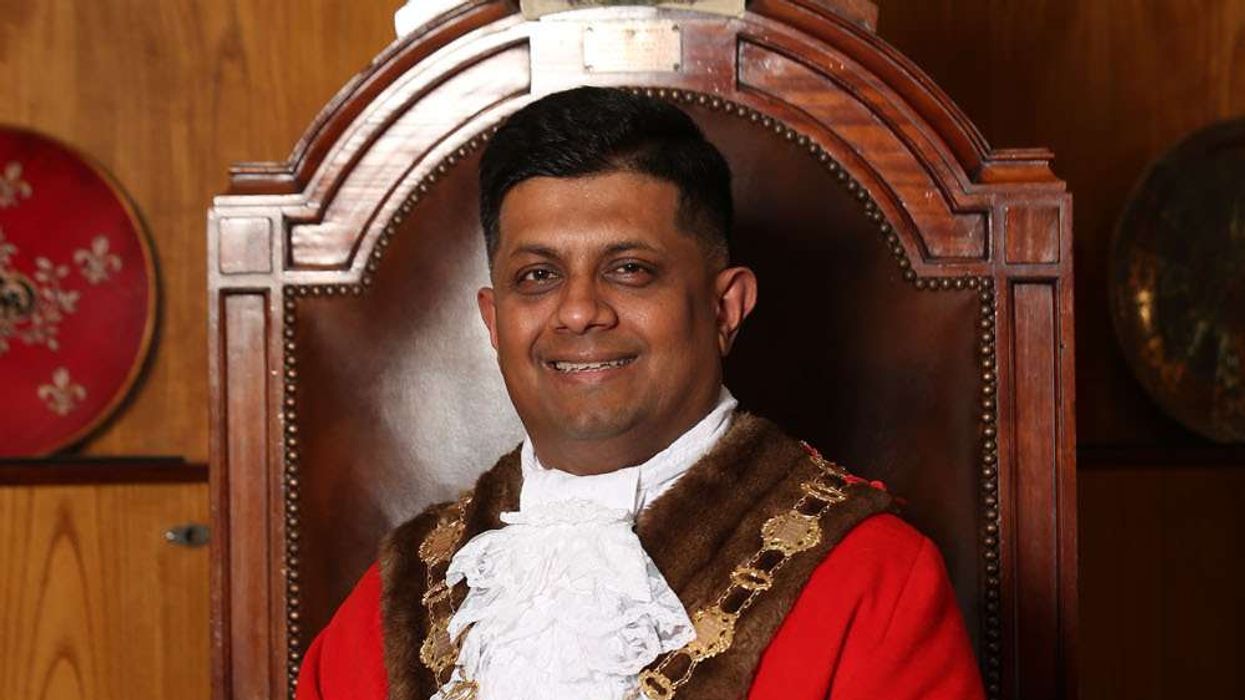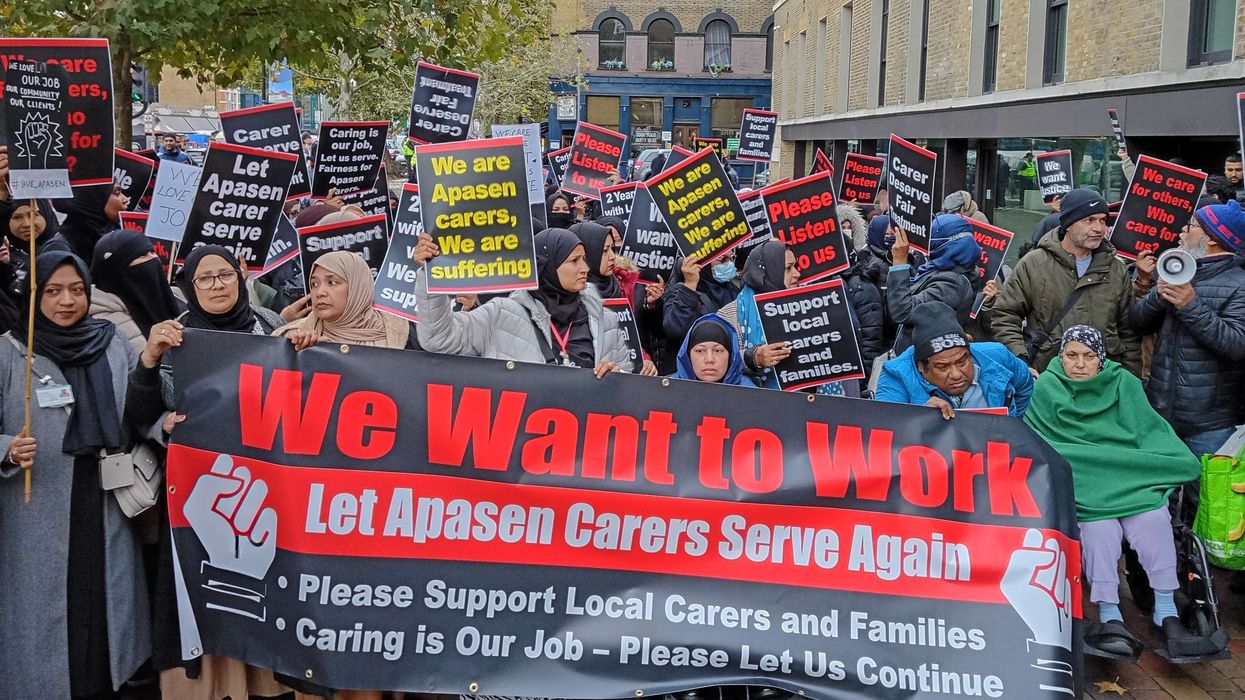by LAUREN CODLING
AN ASIAN doctor says she is “flattered” to be ranked the second most influential GP in the UK.
Dr Nikita Kanani, NHS England’s Medical Director for Primary Care, was one of 20 other BAME doctors unveiled on the PulsePower50.
Published by British primary care magazine Pulse, the annual list ranks the 50 most influential and inspiring doctors across the country.
Dr Kanani, who became the first woman to be director of primary care of the NHS in 2018, climbed eight spots from her previous rank in Pulse’s 2018 edition.
Speaking to Eastern Eye on Tuesday (3), the London GP said she was “flattered” by the news, but influence was “only beneficial if you use it to lift others”.
“I see myself as a small part of the picture for changing and improving primary care, and in supporting the crucial role of general practice throughout the country for the benefit of patients and the profession,” said Dr Kanani.
“There is much to do but we have made a start. We now need to build on that together, to bring about a new era of primary care,” she added.
The list includes medical professionals who have made exceptional contributions to the field.
The chair of the Council of the British Medical Association (BMA), Dr Chaand Nagpaul, was ranked at number 10.
Dr Nagpaul, who has 30 years’ of experience in the NHS under his belt, said he had a “real understanding of what it is like to work in the pressured environment of general practice”.
A self-proclaimed priority for him was to ensure equality of opportunity for doctors from BAME backgrounds.
“During my tenure at the BMA and even before, I have seen doctors whose careers are damaged or blocked by discrimination,” he told Eastern Eye.
Noting the higher levels of bullying and harassment reported by ethnic minorities in the health service, Dr Nagpaul highlighted his work challenging the issue.
“Working with my colleagues on the BMA’s GPs committee, I have raised the issues they face at the highest level. I am proud of the progress we are making with the General Medical Council, Care Quality Commission, NHS England and others to ensure BAME GPs are not abandoned by the system at the time when they most need support,” he said.
Dr Nagpaul had topped the PulsePower50 list in 2013.
Dr Farah Jameel and Dr Krishan Aggarwal were ranked 13 and 14, respectively. The pair, who both hold positions within the BMA, shared their delight at the announcement.
“I’m honoured to be among such an impressive group of colleagues who are all working so hard to improve the working conditions and state of general practice in the UK,” Dr Jameel, a member of the BMA general practitioners committee executive team, said.
“Representing the profession comes with a great deal of responsibility. I do not, for one second, take for granted the trust and confidence placed in me by my colleagues locally and nationally, and remain focused on the job. Delivery and action are ultimately the yardstick.”
Dr Aggarwal, a member of the BMA pensions committee, said he was pleased he had been recognised for his work on NHS pensions.
Talking about the proudest instances in his medical career, he told Eastern Eye that being given the opportunity “to represent my profession on a variety of committees within the
BMA” was a standout moment.
Meanwhile, Dr Surina Chibber revealed her surprise at being ranked at number 31 on the list. Dr Chibber is the co-founder of My Locum Manager, an online tool created to make life easier for locum GPs.
“I didn’t quite believe it until I saw the article myself,” she told Eastern Eye. “My main feelings about it are of huge gratitude. The fact that my colleagues felt that my work with My Locum Manager has been of such value to them, makes me feel like I am doing something worthwhile to support GPs and my profession.”
The mother-of-two admitted the difficulties of juggling various responsibilities, but the recognition made “all the hard work worth it”.
Listed at 41 is Dr Chandra Kanneganti, the chair of British International Doctors Association. He also has a role as the BMA GPC policy lead, making sure that NHS funding for general practice is delivered.
Most recently, he was elected as a Stoke-on-Trent councillor in May. He told Eastern Eye: “I wish to continue my work in supporting international doctors and supporting funding into UK general practice.”
Dr Kailash Chand, the honorary vice president of the BMA, was named as the 45th most influential GP in the country.
He said he was “delighted, extremely proud but also humbled” to receive the accolade
consecutively for the last decade from “an organisation that has historically represented
GPs for many decades”.
Always vocal on the NHS crisis, Dr Chand took the opportunity to emphasise the current troubles currently facing the health service.
“General practice is facing a ‘triple challenge’ of increasing demand, growing workforce shortages and pressure on finances, and I fear it may never recover,” he said. “I am doing my best to highlight this and making the public aware of this catastrophe.”
Other notable British Asian doctors included on the list include Dr Ishani Patel; Dr Krishna Kasaraneni; Dr Preeti Shukla and Dr Harpreet Sood.
The top spot on the PulsePower50 list went to the Royal College of General Practitioners (RCGP) chair-elect Professor Martin Marshall, who is due to take up the role in November.












